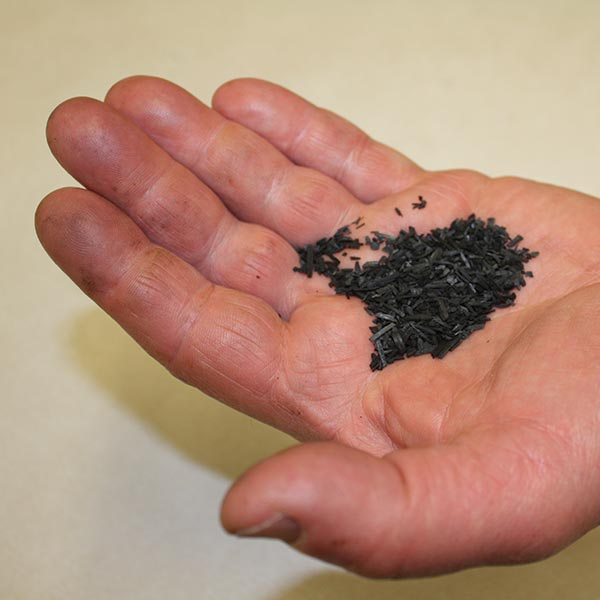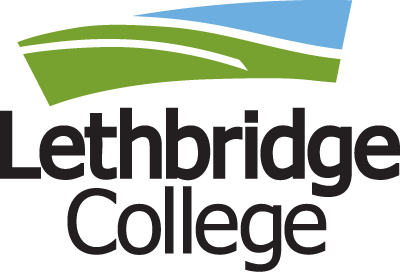
It doesn’t look like much. It blows around on even the slightest draft in the Lethbridge College Aquaculture Centre of Excellence (ACE). But biochar, a fine-grained, highly porous charcoal that is the focus of new research by the college’s Dr. Nick Savidov, could prove to be an effective option for micro-nanofiltration in aquaponics – and that could end up being a small-but-mighty game changer in the production of a sustainable model of agriculture.
There are a few things that make this horticulture-grade bamboo that has been converted to charcoal through a process called pyrolysis so remarkable. Biochar – particles that are one to three millimetres long – is highly stable, retains its shape over time even in water, and is highly porous, creating a massive surface area in a compact package.
“Just one gram of biochar has a total surface area of 250 to 300 metres square, or more than 3,000 square feet,” says Savidov, an internationally recognized aquaponics expert and researcher working at the college’s ACE facility. “That’s a surface area larger than a standard doubles tennis court.”
Savidov is testing various amounts of biochar for its ability to capture micro- and nano-particles to improve water quality for both plants and fish, and to see whether it also creates beneficial microflora that can contribute to cleaning water. This year-long, $50,000 research project was made possible with equal support from the Natural Sciences and Engineering Research Council of Canada (NSERC) Engage grant program and Alberta Innovates’ Campus Alberta Small Business Engagement Program. Critical to the work is the industry partner, which is officially know as 1722497 Alberta Ltd. and operates greenhouses in southern Alberta.
“Just one gram of biochar...has a surface area larger than a standard doubles tennis court.” - Dr. Nick Savidov, senior research scientist at Lethbridge College
Daniel Ronald is the co-founder and chief technology officer of Pure Life Global, which recently acquired 1722497 Alberta Ltd. and is bringing biochar to market as a growing medium. Driving his entrepreneurial efforts is an understanding of the precarious nature of food security – subject to the possibility of trade wars – and a burgeoning global population.
He also sees the practical need for this research. The company created its own design for vertical growing towers to maximize use of greenhouse space in an aquaponics setting. Water containing fish effluent provides nutrition to the plants, which clean the water for the fish habitat. However, solids in the water were clogging the roots of plants in the vertical towers. With the support of the grants, Savidov and team have the resources to design 20 “mini-systems” to test various amounts of biochar for its ability to capture micro- and nanoparticles to unclog the system and improve water quality for both plants and fish. Researcher Dr. Zied Khiari conducts the analysis of particle size and water quality on the project.
Ronald says he’s excited to see the results and how this work will advance his goal of “a high quality, sustainable food security model that doesn’t rely on herbicides or genetically modified organisms to solve the food gap that’s coming. It’s foolish to think the existing model of agriculture can continue,” he says.
The project has potential applications for waste management, closed-loop production systems like aquaponics, irrigation water treatment and food production. Biochar can be used year after year, and it does not need to be replaced because it retains its shape and porosity over time. “Zero waste agriculture is the main goal, and this would have potential to treat grey water in animal husbandry, waste management and municipal water treatment,” Savidov says. “It even has potential to remove pathogenic bacteria to produce potable water.”
All of that – something that could change the way food is grown and one day feed a hungry world – is found in the college’s ACE facility, in an amount so small it fits easily in Savidov’s hand.



